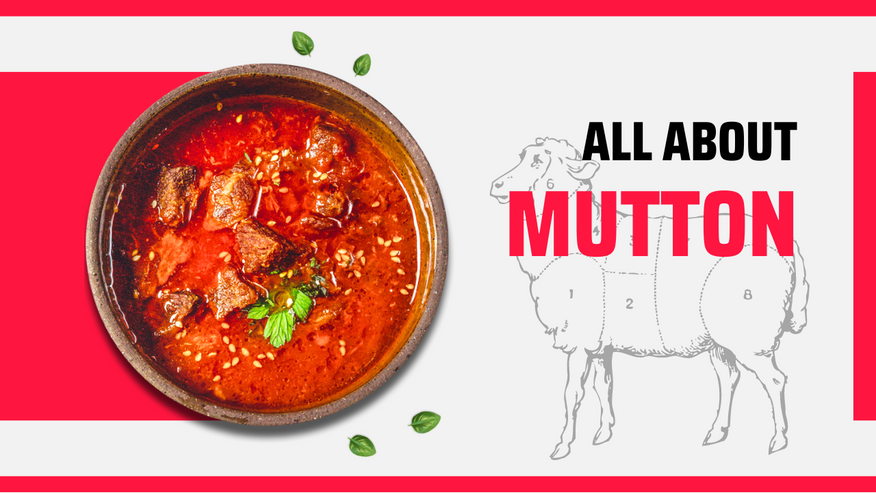Apr 21st 2023 - Team
What Is Mutton? Cuts of Mutton, Recipes, and More!
Mutton refers to the meat of lamb that is at least two years old. This is a cut of beef that benefits from being cooked low and slow with robust seasonings. Learn the optimal preparation method for this meat by reading on.
What Is Mutton?
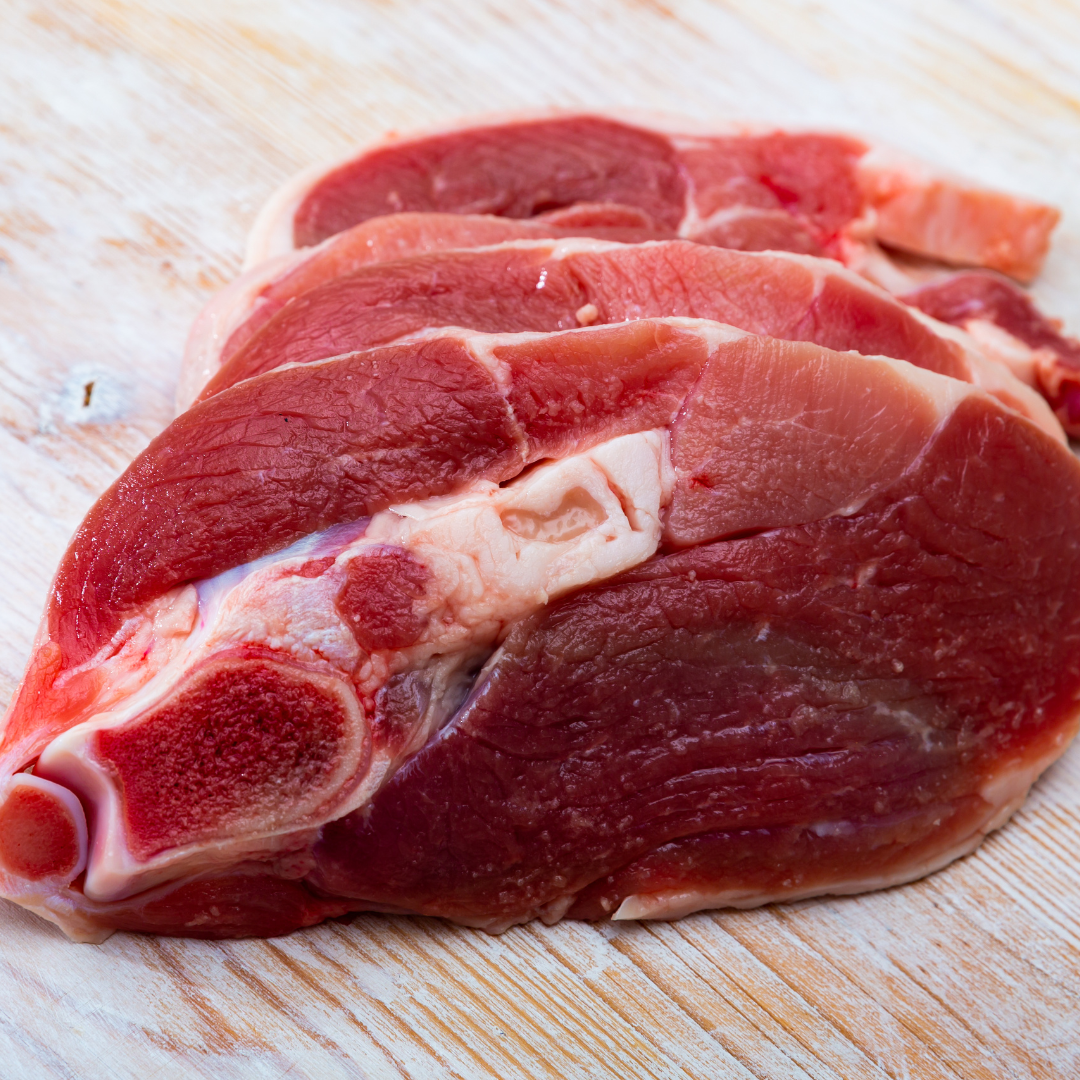
Mutton refers to a mature sheep, typically between the ages of one and three. Mutton is slaughtered in the same way as a cow or lamb would be, thus cuts like chops, steaks, bacon, and belly are all on the table. The meat often has a little more gamey flavor than lamb, however, this is not always the case. Spicy sauces, extended braises, and velvety, creamy stews all benefit from the somewhat bolder, deeper flavor.
In the early 20th century, simpler, milder meats like beefsteak and pork chops became more popular in the United States, while mutton fell out of favor. Mutton, however, has had a renaissance in the twenty-first century. Mutton is now appearing on the menus of both high-end restaurants and more informal diners, in a variety of preparations.
Since mutton is a source of protein is commonly featured in traditional Indian cuisine. You may break it up into chunks and grill it on skewers, or slow-cook it in a spicy vindaloo or curry for hours to bring out its rich flavor and substantial texture.
Read More: The Ultimate Guide To Steak Doneness
Taste of Mutton
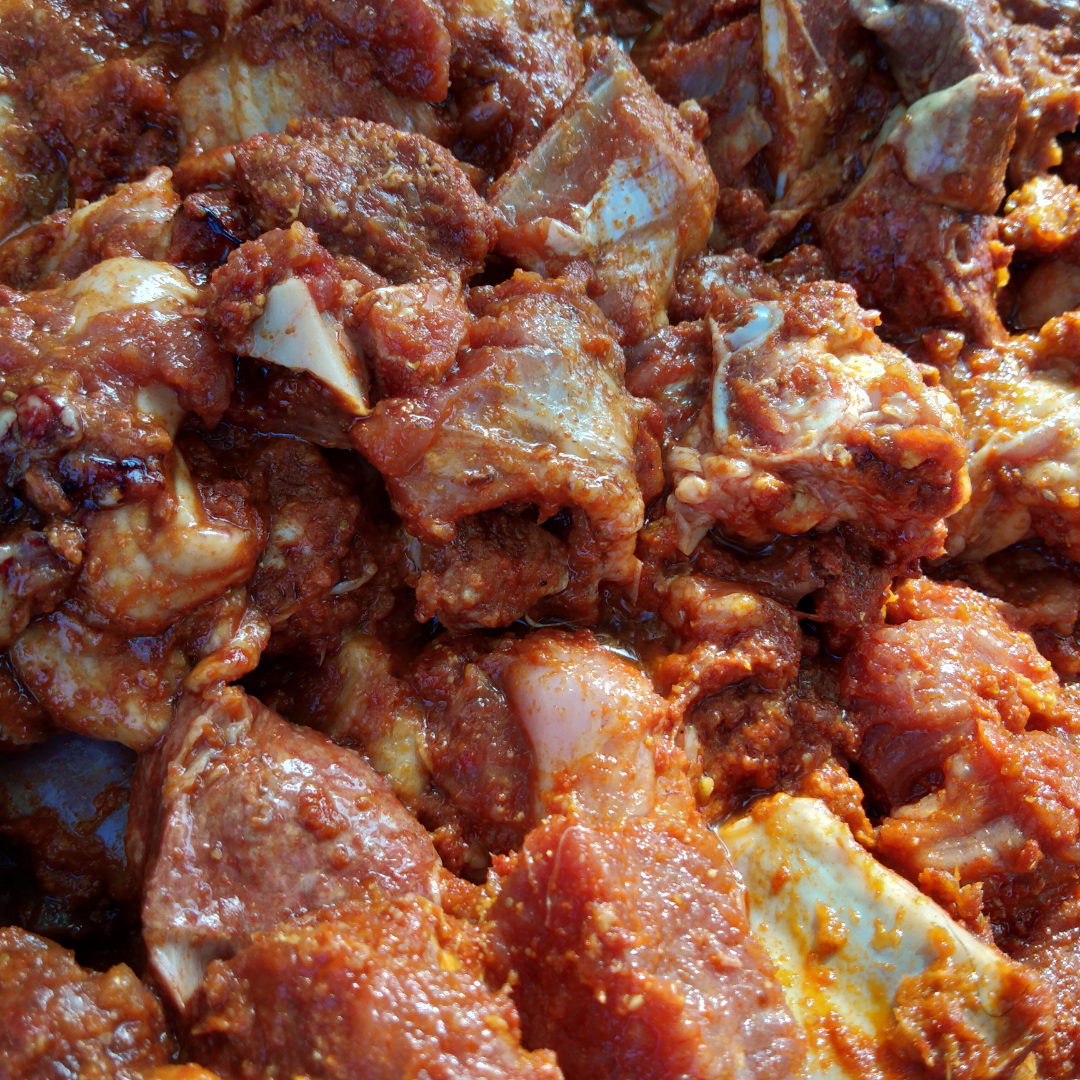
Mutton has a robust, often off-putting flavor that has been described as "musty" "grassy" or "hay-like." Some people find the flavor unpleasant, yet it holds up well against strong seasonings and sauces. However, the meat will have a more refined flavor if the animal was younger when butchered and fed on tender spring grass. Animals that are a bit older and/or have spent more time eating hay or summer grasses will have a more robust palate.
Cuts of Lamb/Mutton
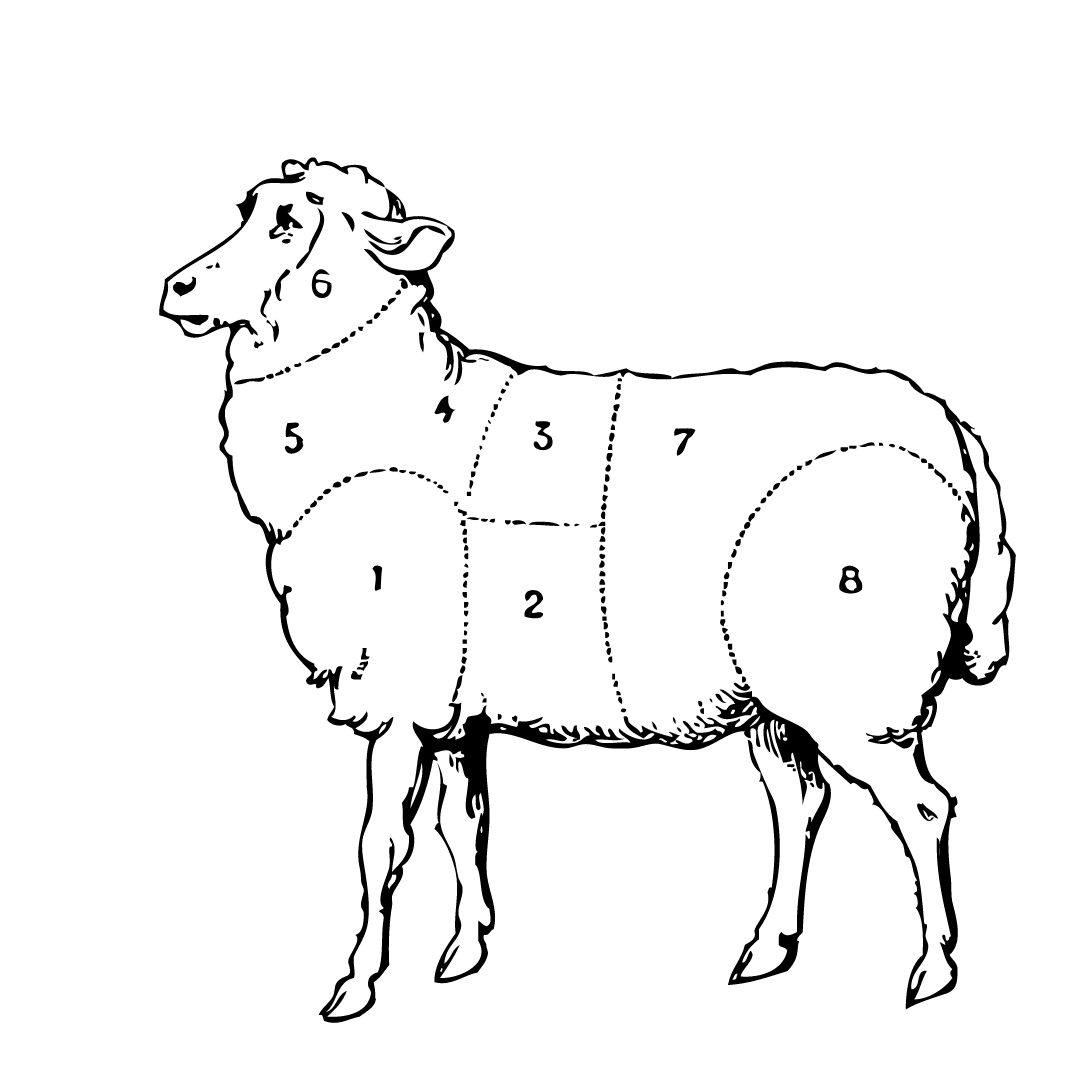
- Shank: The shank is the toughest part of the animal and should be cooked whether you're using lamb or mutton. It's located near the end of the leg and is the sheep's most used muscle. Each sheep has four shanks.
- Leg: A sheep's entire lower leg, excluding the shank. Lamb legs can be purchased whole, which makes for a stunning Christmas presentation, or boneless. They both work wonderfully as roasts. To add flavor to a boneless roast while it roasts, you can butterfly it and stuff it with a sautéed herb.
- Steak: The steak is a leg crosscut, and the center of the steak will feature a little round bone. No bone can be extracted from a boneless leg. When grilled, both are delicious.
- Rack: A rack of lamb is like a beef prime rib roast cut in half. They resemble miniature tomahawk steaks when sliced into chops. Each item is no more than three bites.
- Loin Chops: Porterhouse steaks of the sheep are the loin chops. The tenderloin is the smaller piece of meat on the other side of the bone, whereas the loin occupies the larger section.
- Shoulder Chops: Shoulder chops are an economical cut of meat that is both soft and flavorful.
Is lamb worth the price?
Think about how much time and effort goes into producing beef, chicken, hog, and lamb, and how little of each ends up on your plate.
Transportation costs also contribute to the high price of lamb since while some lamb is produced in the United States, most of the lamb supply comes from Australia and New Zealand.
Mutton vs Lamb
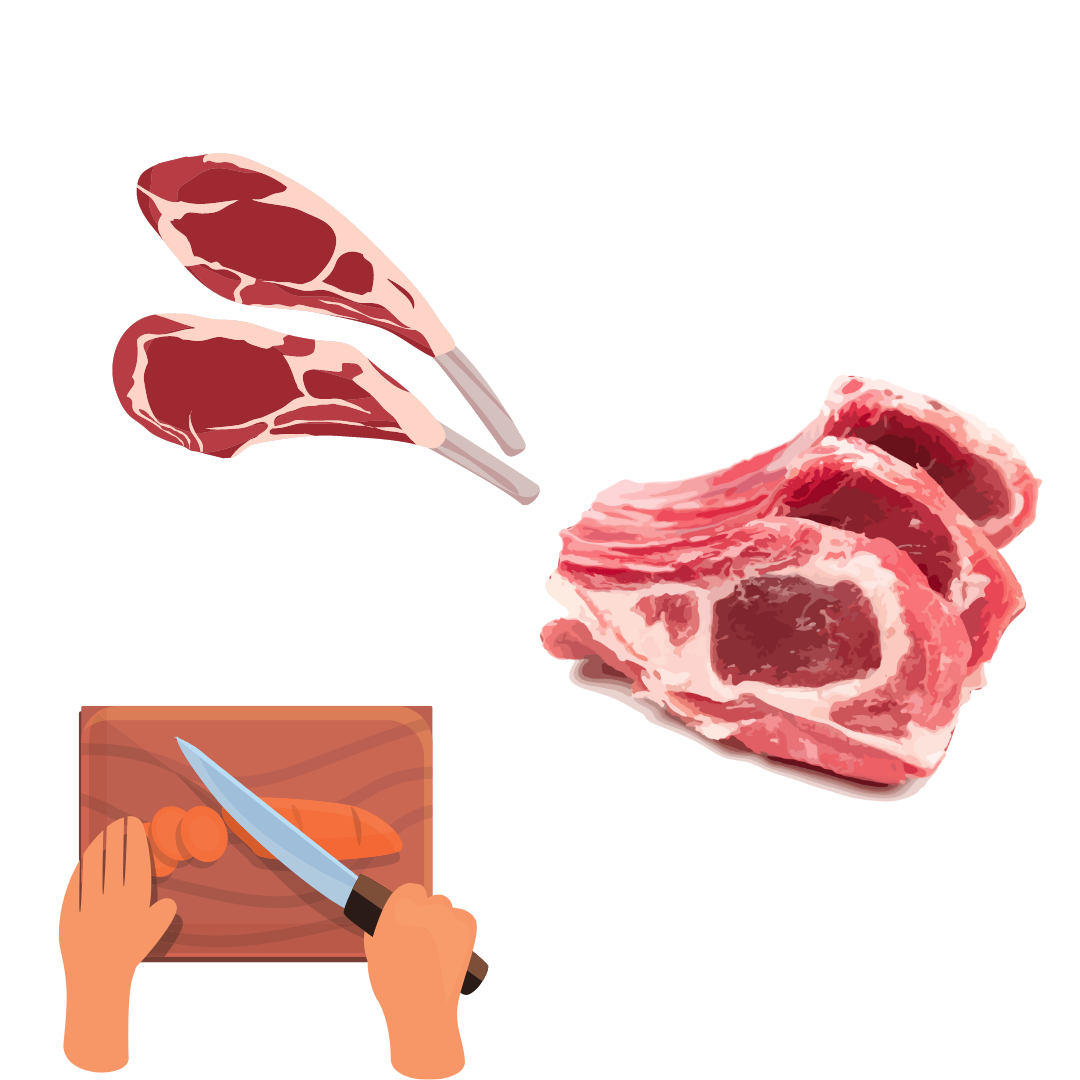
Meat from ewes and rams is known as mutton and lamb, respectively. The primary distinctions between the two varieties of red meat are as follows:
The age of the animal is the primary distinction between mutton and lamb. Lamb is the meat of a young animal (generally less than a year old), while mutton is the flesh of an older animal (usually approximately three years old).
Lamb is a younger animal, so the meat is gentler and has a subtle, grassy flavor because it hasn't had as much time to develop flavor. Mutton, on the other hand, has a robust, gamey flavor like goat, venison, or wild boar since it is made from an older sheep with more fat and muscles.
Because of its hardness, mutton is best prepared in a slow cooker, slow-roaster, or meat smoker. In Kentucky, mutton from older sheep is sometimes used in cooking. But lamb is a soft cut of meat that is great for roasting, grilling, and braising, among other preparations.
Mutton is tough, dry, or chewy since it is sourced from older sheep with greater time to grow dense muscles and fat content. Lamb, on the other hand, is typically more tender and juicy since it hasn't had the chance to form as much connective tissue.
Recipes for Mutton
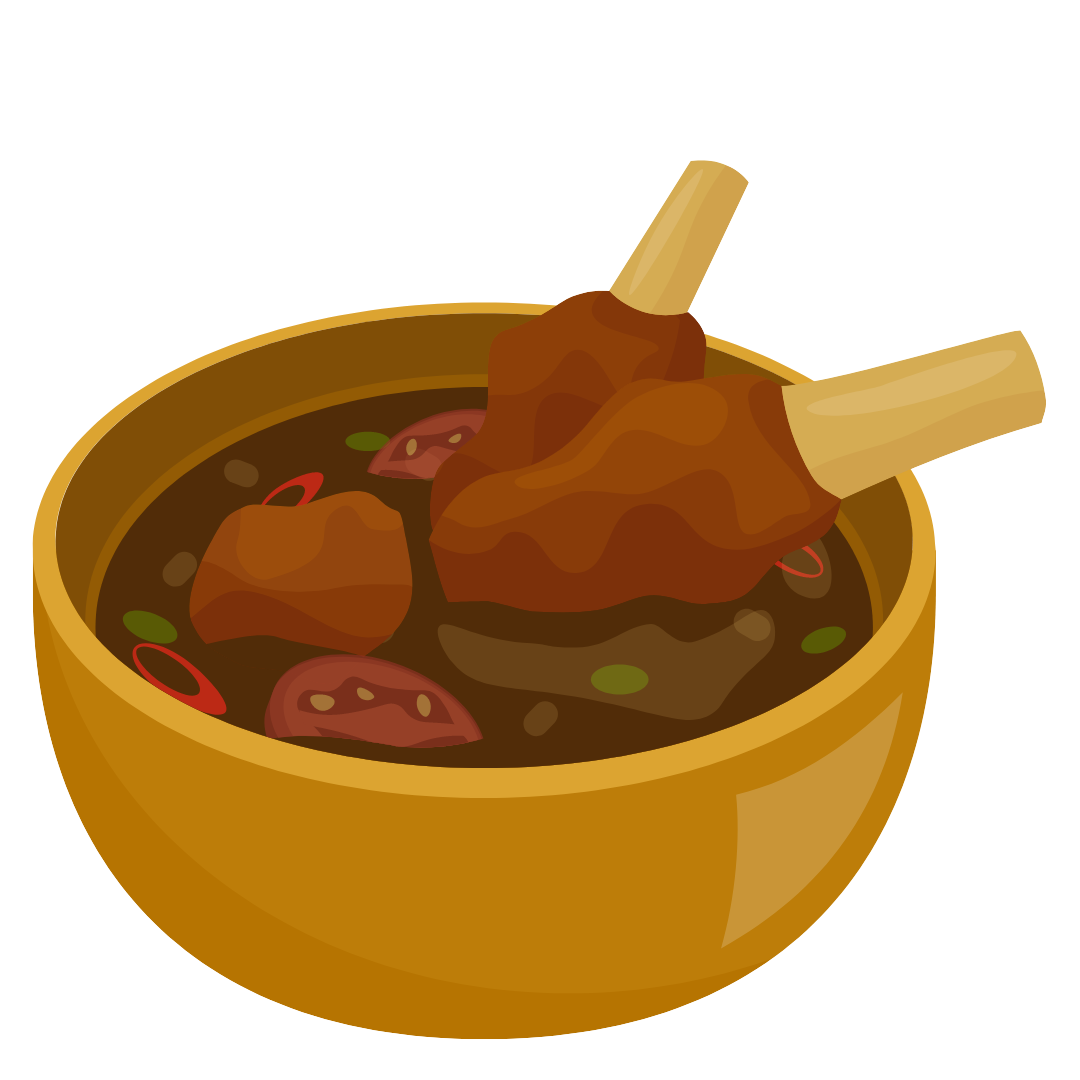
Mutton, like beef and lamb, can be butchered and used in a wide range of dishes. Mutton, unlike other red meats, benefits from a slow, low simmer to soften its collagen, fibers, and connective tissue.
Braising a mutton leg is an excellent way to tenderize the meat and prevent it from drying out. Tacos stuffed with slow-cooked mutton shoulder and chilies are delicious. Brown chunks of mutton cooked under pressure and then stewed in curry make a delicious meal. Mutton works wonderfully in a traditional Shepherd's pie.
Tenderization is required before using mutton. To make tender mutton ribs, first, marinate the meat in a citrus- or vinegar-heavy marinade, then slow simmer the meat before finishing it on the grill. Mutton burgers are the one exception; however, the ground meat helps keep the burgers moist.
Related Article: How To Grill Filet Mignon The Best Way

